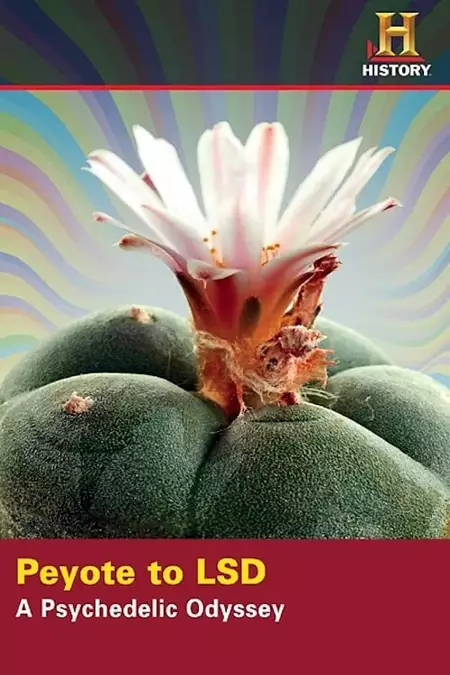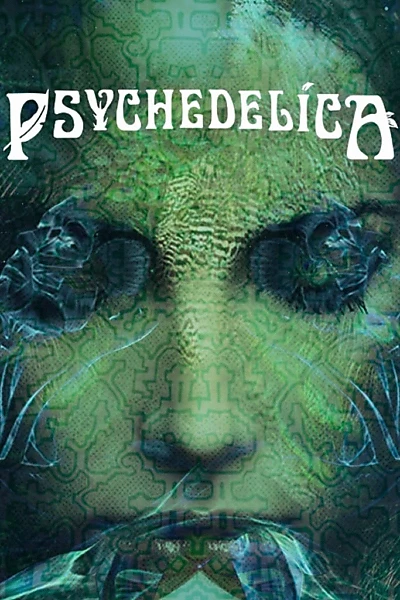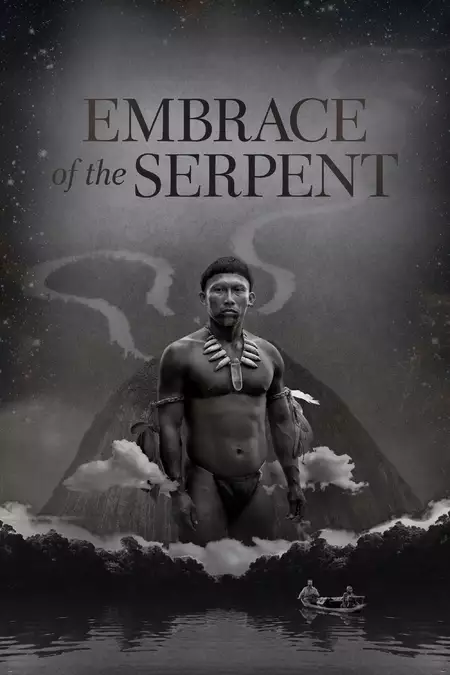Biography
(No Information)
Filmography
all 3
Movies 2
TV Shows 1
Writer 1
self 1
Self (archive footage)

Peyote to LSD: A Psychedelic Odyssey (2008)
Movie
Information
Known ForActing
GenderMale
Birthday1915-01-12
Deathday2001-04-10 (86 years old)
Birth PlaceBoston, United States
CitizenshipsUnited States
ResidencesCambridge, United States of America
AwardsTyler Prize for Environmental Achievement, Linnean Medal, Guggenheim Fellowship, Fellow of the American Academy of Arts and Sciences
This article uses material from Wikipedia.
Last updated:
 Richard Evans Schultes
Richard Evans Schultes- Filmography
- Information

